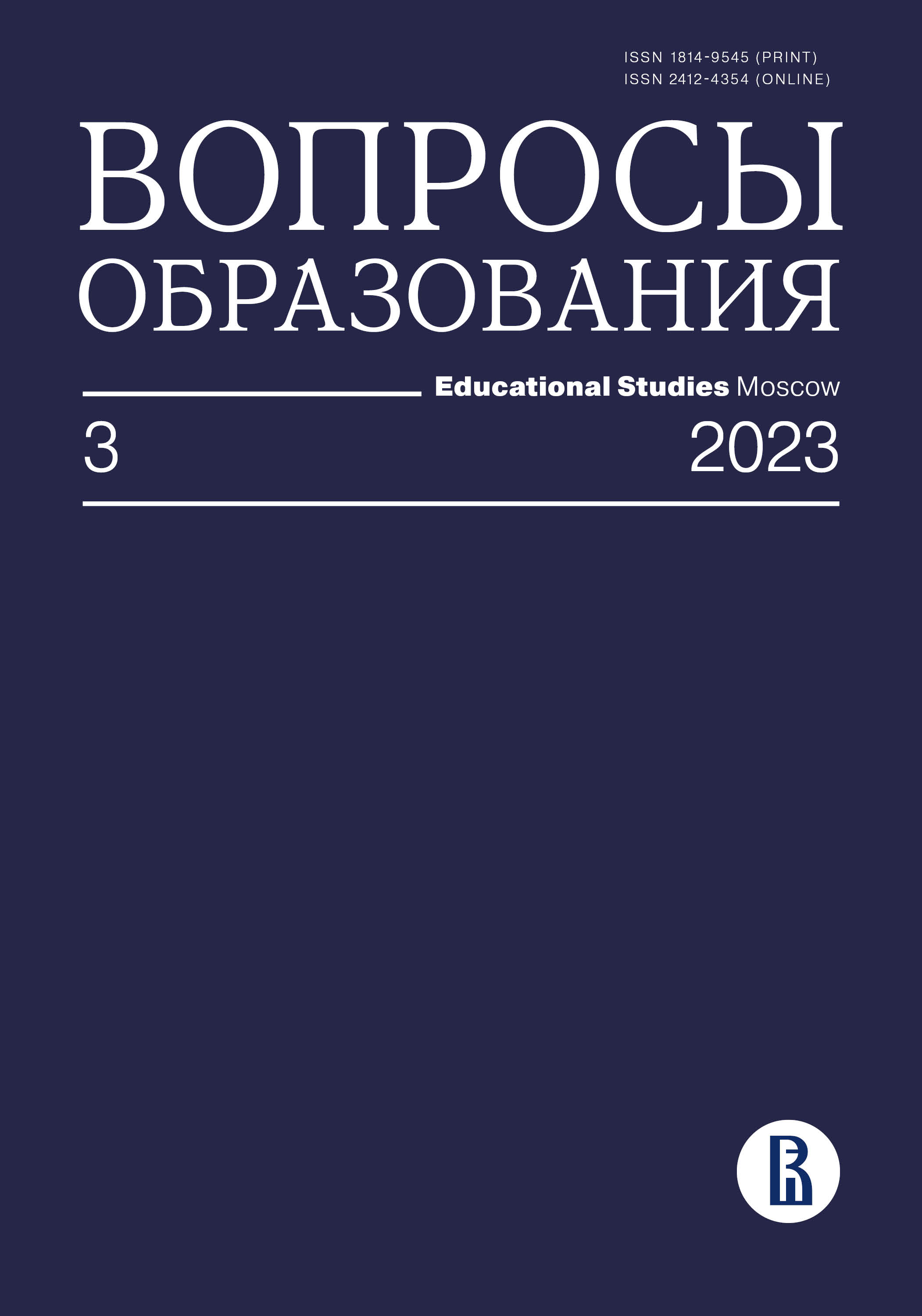Вычислительная психометрика: ближайшее будущее или уже реальность
Аннотация
Рецензируемое издание продолжает серию книг о методологии образовательного тестирования и оценивания, написанных ведущими психометриками и исследователями в области оценивания в образовании. Вычислительная психометрика рассматривается как сочетание методов вычислительных наук и психометрических принципов измерений для анализа данных, полученных в результате тестирования с использованием технологически усовершенствованных форматов теста. В первой части книги обсуждаются изменения, которые произошли в обучении и образовательном оценивании под влиянием цифровых технологий. Во второй части представлен обзор методов вычислительной психометрики: от традиционных психометрических моделей до технологий машинного обучения.
Материалы книги могут быть полезны студентам и исследователям в области психометрики, которые занимаются разработкой, проектированием, анализом систем обучения и измерениями с использованием сложных тестовых форматов и данных. Сильной стороной книги является электронное приложение, содержащие код среды программирования R или Python для методологических глав.
Скачивания
Литература
Andrews-Todd J., Forsyth C.M. (2020) Exploring Social and Cognitive Dimensions of Collaborative Problem Solving in an Open Online Simulation-Based Task. Computers in Human Behavior, vol. 104, January, Article no 105759. https://doi.org/10.1016/j.chb.2018.10.025
Arieli-Attali M., Ward S., Thomas J., Deonovic B., von Davier A.A. (2019) The Expanded Evidence-Centered Design (E-ECD) for Learning and Assessment Systems: A Framework for Incorporating Learning Goals and Processes within Assessment Design. Frontiers in Psychology, vol. 10, April, Article no 853. https://doi.org/10.3389/fpsyg.2019.00853
Biswas G., Jeong H., Kinnebrew J.S., Sulcer B., Roscoe R. (2010) Measuring Self-Regulated Learning Skills through Social Interactions in a Teachable Agent Environment. Research and Practice in Technology Enhanced Learning, vol. 5, no 2, pp. 123–152. http://dx.doi.org/10.1142/S1793206810000839
Bower M., Lee M.J., Dalgarno B. (2017) Collaborative Learning across Physical and Virtual Worlds: Factors Supporting and Constraining Learners in a Blended Reality Environment. British Journal of Educational Technology, vol. 48, no 2, pp. 407–430. http://dx.doi.org/10.1111/bjet.12435
Davey T., Ferrara S., Shavelson R., Holland P., Webb N., Wise L. (2015) Psychometric Considerations for the Next Generation of Performance Assessment. Report of the Center for K-12 Assessment & Performance Management. Available at: https://www.ets.org/Media/Research/pdf/psychometric_considerations_white_paper.pdf (accessed 20 August 2023).
Davier von A.A. (2015) Virtual and Collaborative Assessments: Examples, Implications, and Challenges for Educational Measurement. Paper presented at the 32nd International Conference on Machine Learning (ICML 2015) (Lille, France, 2015, July 6–11).
DiCerbo K.E., Behrens J.T. (2012) Implications of the Digital Ocean on Current and Future Assessment. Computers and Their Impact on State Assessment: Recent History and Predictions for the Future (eds R. Lissitz, H. Jiao), Charlotte, NC: Information Age Publishing, pp. 273–306.
Epskamp S., Maris G., Waldorp L.J., Borsboom D. (2018) Network Psychometrics. The Wiley Handbook of Psychometric Testing (eds P. Irwing, D. Hughes, T. Booth), New York, NY: Elsevier.
Graesser A.C., D’Mello S., Hu X., Cai Z., Olney A., Morgan B. (2012) AutoTutor. Applied Natural Language Processing: Identification, Investigation and Resolution (eds P. McCarthy, C. Boonthum-Denecke), Hershey, PA: IGI Global, pp. 169–187. http://dx.doi.org/10.4018/978-1-60960-741-8
Greeno J.G. (1998) The Situativity of Knowing, Learning, and Research. American Psychologist, vol. 53, no 1, pp. 5–26. https://doi.org/10.1037/0003-066X.53.1.5
Kim Y.J., Shute V.J. (2015) The Interplay of Game Elements with Psychometric Qualities, Learning, and Enjoyment in Game-Based Assessment. Computers & Education, vol. 87, no 2, pp. 340–356. http://dx.doi.org/10.1016/j.compedu.2015.07.009
Liu L., von Davier A.A., Hao J., Kyllonen P., Zapata-Rivera J.-D. (2015) A Tough Nut to Crack: Measuring Collaborative Problem Solving. Handbook of Research on Computational Tools for Real-World Skill Development (eds Y. Rosen, S. Ferrara, M. Mosharraf), Hershey, PA: IGI-Global, pp. 344–359.
Marsman M., Borsboom D., Kruis J., Epskamp S., van Bork R., Waldorp L. et al. (2018) An Introduction to Network Psychometrics: Relating Ising Network Models to Item Response Theory Models. Multivariate Behavioral Research, vol. 53, no 1, pp 15–35. http://dx.doi.org/10.1080/00273171.2017.1379379
Mislevy R.J., Almond R.G., Lukas J.F. (2003) A Brief Introduction to Evidence-Centered Design. Center for the Study of Evaluation Report no 632. Los Angeles, CA: University of California. http://dx.doi.org/10.1002/j.2333-8504.2003.tb01908.x
Rosé C.P., Ferschke O. (2016) Technology Support for Discussion Based Learning: From Computer Supported Collaborative Learning to the Future of Massive Open Online Courses. International Journal of Artificial Intelligence in Education, vol. 26, no 2, pp. 660–678. http://dx.doi.org/10.1007/s40593-016-0107-y
Shute V.J., Ventura M. (2013) Stealth Assessment: Measuring and Supporting Learning in Video Games. Cambridge, MA: MIT. https://doi.org/10.7551/mitpress%2F9589.001.0001
Snir J., Smith C., Grosslight L. (1993) Conceptually Enhanced Simulations: A Computer Tool for Science Teaching. Journal of Science Education and Technology, vol. 2, no 2, pp. 373–388. https://doi.org/10.1007/BF00694526
Wise A.F., Chiu M.M. (2011) Analyzing Temporal Patterns of Knowledge Construction in a Role-Based Online Discussion. International Journal of Computer-Supported Collaborative Learning, vol. 6, no 3, pp. 445–470. http://dx.doi.org/10.1007/s11412-011-9120-1








